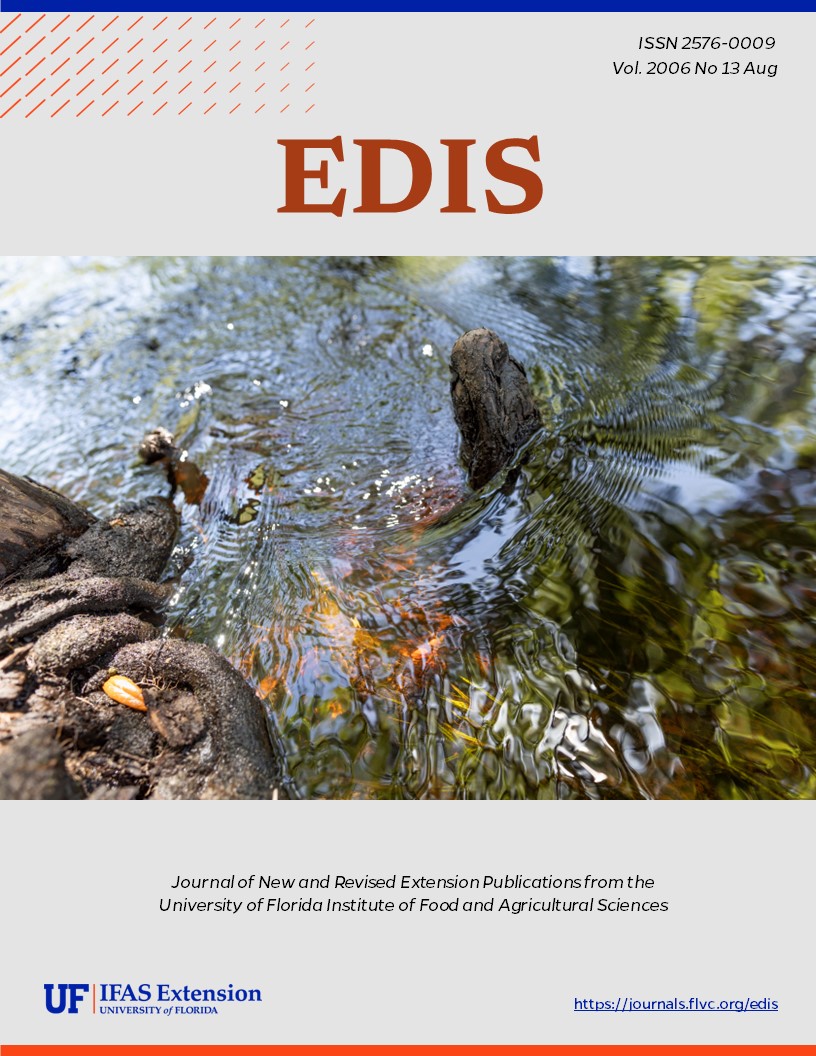Abstract
FCS9236, a 5-page fact sheet by Marilyn K. Lesmeister and Anne Romero, describes how to successfully develop and manage a program where employees perform work in the community with some form of support and/or encouragement from their employer. Includes references and a table matching employee motives with recruitment strategies. Published by the UF Department of Family Youth and Community Sciences, July 2006.
References
Allen, K. (2003). The social case for corporate volunteering. Australian Journal on Volunteering, 8(1), 57-62.
Graff, L. (2004). Making a Business Case for Employer-Supported Volunteerism, Volunteer Canada.
Lautenschlager, J. (1993). Volunteering in the Workplace: How to Promote Employee Volunteerism, Voluntary Action Directorate, Department of Canadian Heritage.
Macduff, N. (1991.) Building the Short-Term Volunteer Program: Episodic Volunteering. MBA Publishing, Walla Walla, WA.
Merrill Associates: Strengthening Leaders, Organizations and Communities. (2001). Building Relationships to Engage Corporate Volunteers. Retrieved May 6, 2005, from http://www.merrillassociates.net/topic/2001/07/01/building-relationships-to-engage-corporate-volunteers/
National Work-Life Alliance. (2002). A Work-Life Tool: Leadership Development Through Corporate Volunteerism: An Innovative Approach to Developing Innovative Leaders. Retrieved May 18, 2005, from http://worklifealliance.org/tools/volunteer/index.cfm.
Points of Light Foundation. (1996). Developing a Corporate Volunteer Program. Washington D.C.
Peterson, D. K. (2004). Recruitment strategies for Encouraging Participation in Corporate Volunteer Programs. Journal of Business Ethics, 49, 371-386. https://doi.org/10.1023/B:BUSI.0000020872.10513.f2

